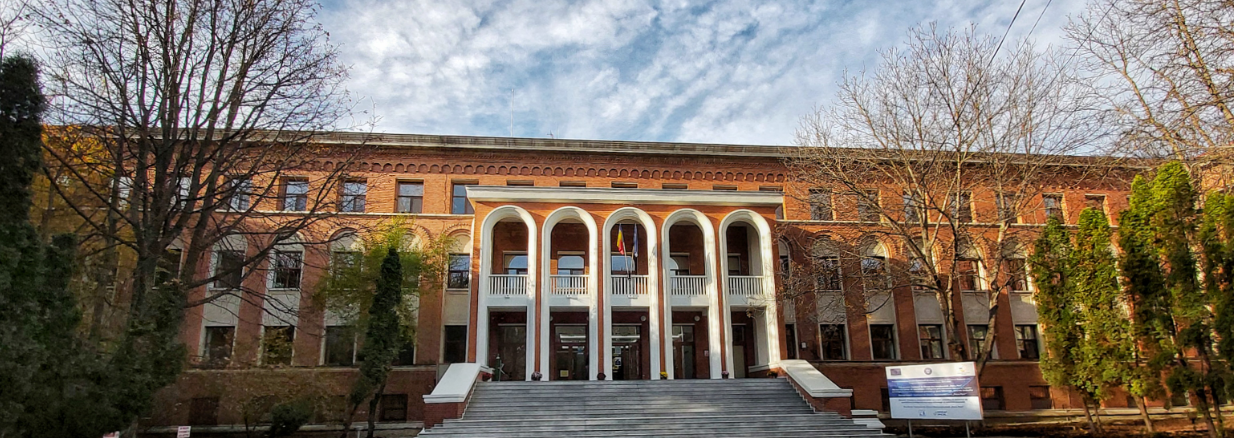|
|
| Design of novel 3D architectures with controlled anti-freezing and conductive properties |
|
Project status: Ended
|
|
|
Stage 1:
- Protocols for the chemical functionalization of hydroxypropyl cellulose using selective oxidation techniques were created and fine-tuned.
- For the purpose of preparing hydrogels with antifreeze and conductive properties, carboxylic and/or aldehydic groups were introduced into the structure of the cellulose derivative depending on the selectivity of the oxidizing agent (TEMPO for the oxidation of primary hydroxyl groups, NaIO4 for the oxidation of secondary hydroxyl groups, TEMPO in combination with NaIO4 for the simultaneous oxidation of primary and secondary hydroxyl groups).
- FTIR, NMR, scanning electron microscopy, and conductometric titration were the methods that were used so that the structure of the oxidized materials could be validated.
- The "project execution plan" was successful in every way, as measured by the following indicators: 1 published work (proposal 0), participation in scientific meetings (including one oral presentation and two poster presentations), and the establishment of a website for the project.
Stage 2:
- Two hydrogel systems were designed and synthesized: i) PVA/HPCox/glycerol based hydrogels; and ii) PVA/HPCox/glycerol- and FeNP based magnetic hydrogels.
- The hydrogels were characterized structurally and morphologically using ATR-FTIR, SEM, EDX, X-ray diffraction, and DSC techniques.
- The swelling behavior of the hydrogels and their mechanical properties were studied, showing a close interdependence between these properties.
- Dynamic modulus tests with oscillation amplitude and frequency showed that the designed hydrogels are viscoelastic materials with a predominantly solid (elastic) character.
- The mechanical properties of the prepared hydrogels can be adapted and improved by changing the compressive strength, the type of HPC used (unmodified or functionalized by oxidation), or by incorporating FeNP.
- All the indicators of the "Project Achievement Plan" were achieved: 1 published paper, participation in scientific events, updating of the project website.
Stage 3:
- The hybrid antifreeze hydrogels developed are intriguing materials consisting of a polymer matrix and a supramolecular network with an organic liquid phase.
- HPC, a cellulose derivative with high solubility in water and organic solvents, as well as chemical stability and processability, was chosen to be incorporated into the PVA matrix to increase the mechanical strength of the hydrogels by allowing it to form numerous hydrogen bonds with the PVA chains.
- The proposed hydrogels have the following properties: moderate electrical conductivity, low stiffness, high extensibility, spontaneous mechanical self-healing and good swelling properties.
- FeNPs are incorporated into the hydrogel matrix to create a percolating network that imparts moderate magnetization to the material.
- This project presents an effective approach to the fabrication of magnetic hydrogels that maintain their unfreezability, thereby facilitating their application in flexible energy storage devices operating at extremely low temperatures.
- All indicators of the "Project Achievement Plan" have been achieved: 1 paper sent for publication, participation in a scientific event, updating of the project website.
|
|








